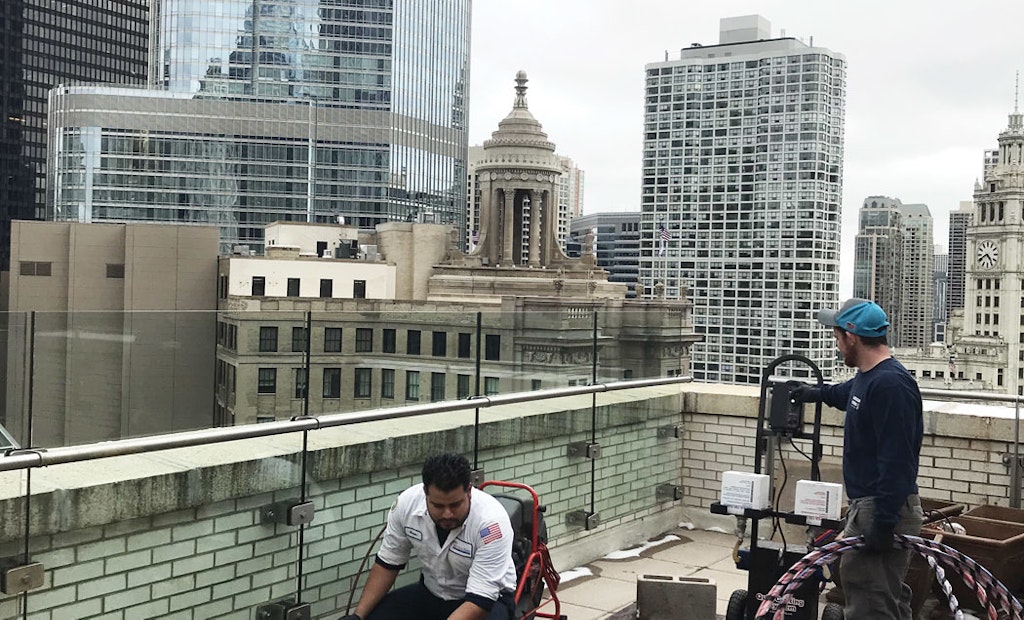
For applications where pipe lining is difficult, pipe coating gets the job done, one micro-layer at a time.
Mark Carpenter believes in offering customers as many options as possible to solve their pipeline rehabilitation needs. That philosophy explains why American Trenchless Technologies’ array of trenchless technologies includes the Quick-Coating System, made by Pipe Lining...





